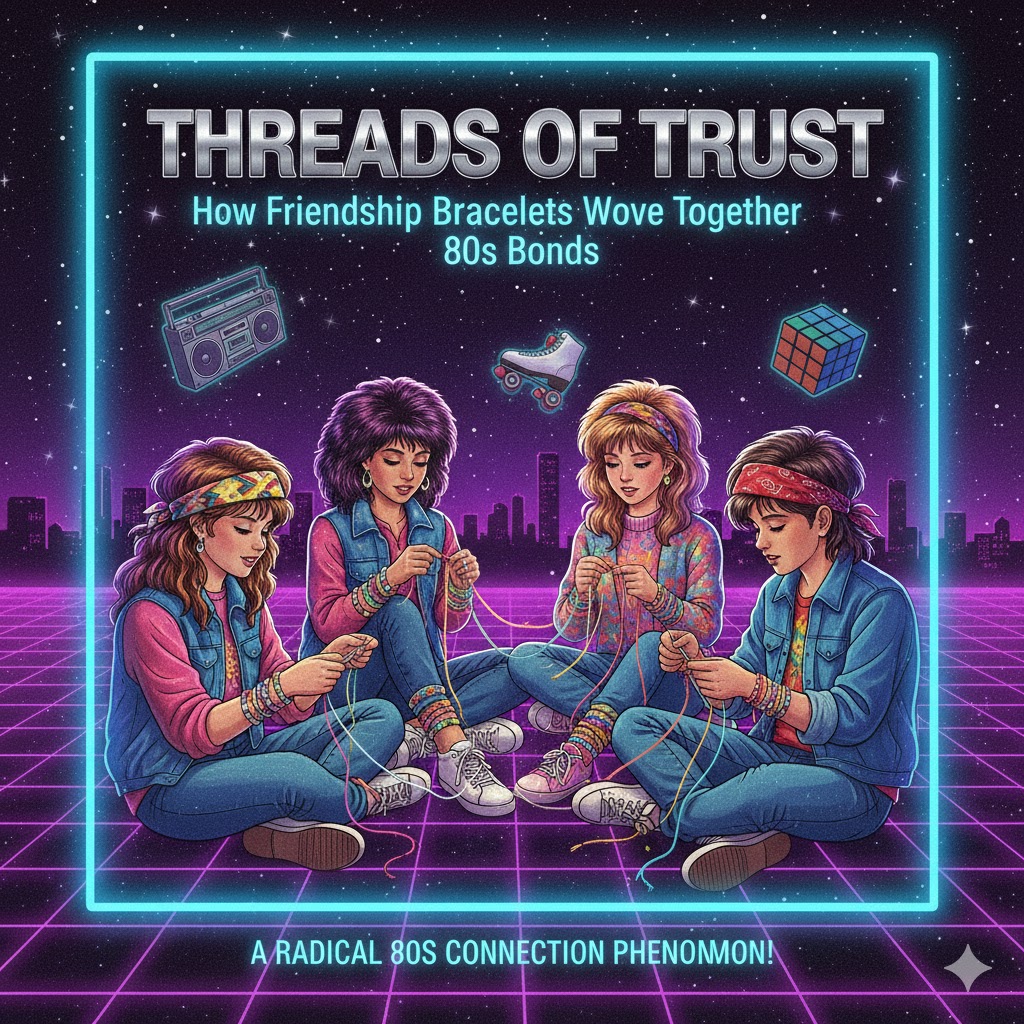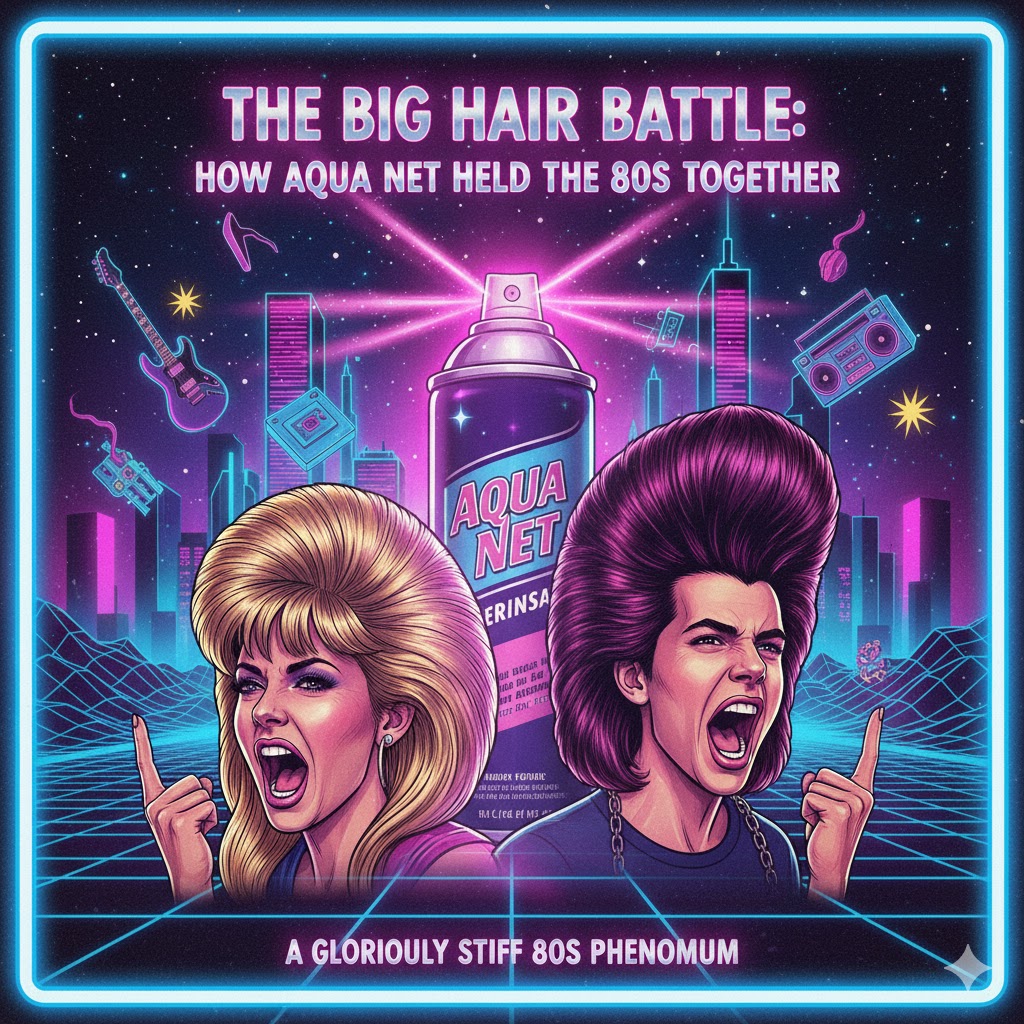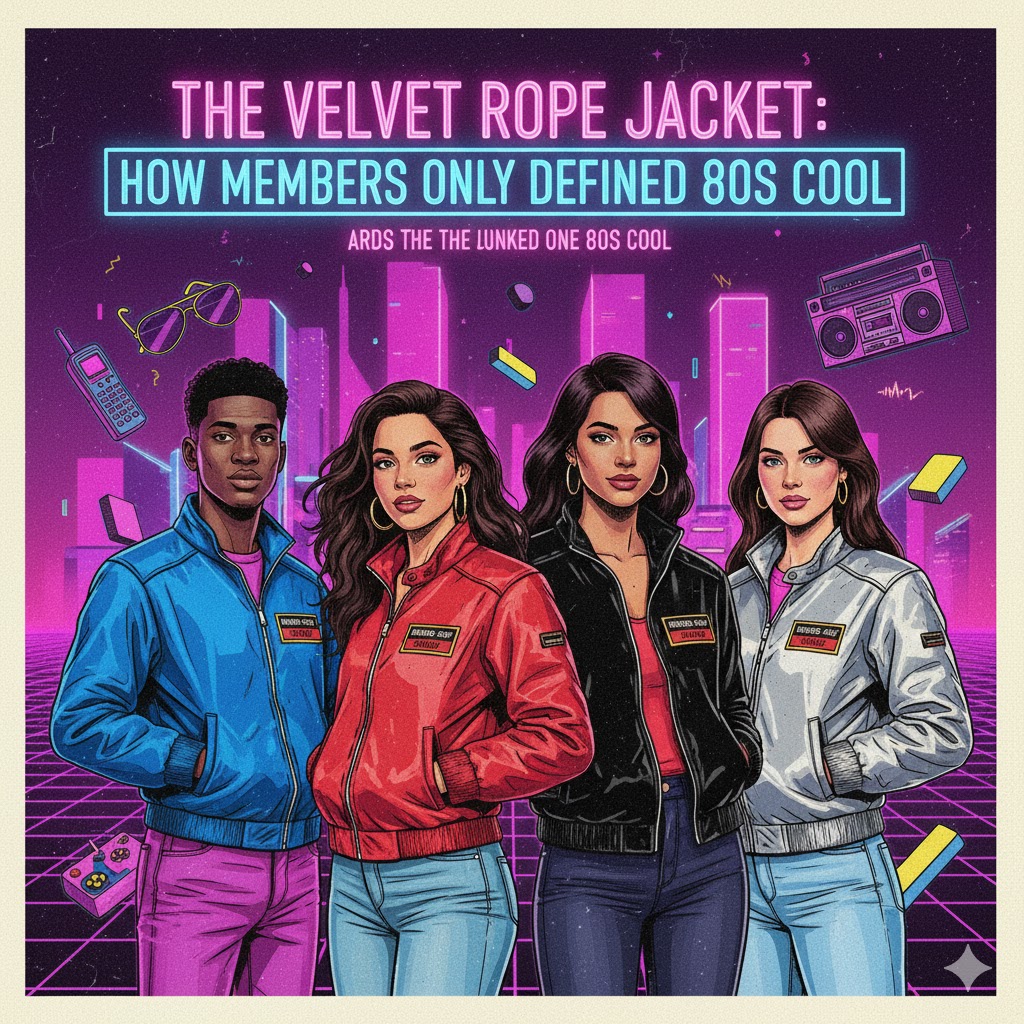 In the wild and colorful world of 1980s fashion, leg warmers carved out a place of unforgettable prominence. These thick, slouchy tubes of knit fabric were originally meant to keep dancers’ muscles warm and flexible—but by the mid-1980s, they were being worn everywhere from high school hallways to shopping malls to MTV sets. Often paired with spandex, miniskirts, or oversized sweaters, leg warmers weren’t just a fad—they were a cultural phenomenon. Cozy yet flashy, practical yet purely decorative, leg warmers were the unofficial sock of the aerobic generation, and for a few years, they were absolutely everywhere.
In the wild and colorful world of 1980s fashion, leg warmers carved out a place of unforgettable prominence. These thick, slouchy tubes of knit fabric were originally meant to keep dancers’ muscles warm and flexible—but by the mid-1980s, they were being worn everywhere from high school hallways to shopping malls to MTV sets. Often paired with spandex, miniskirts, or oversized sweaters, leg warmers weren’t just a fad—they were a cultural phenomenon. Cozy yet flashy, practical yet purely decorative, leg warmers were the unofficial sock of the aerobic generation, and for a few years, they were absolutely everywhere.
The roots of the leg warmer trend are in dance, particularly ballet and modern dance, where warming up properly was essential to preventing injury. Dancers had used leg warmers for decades, pulling them on over tights and leotards during rehearsals and warm-ups. Usually made of wool or acrylic, they stretched from ankle to knee—or higher—and kept calf muscles loose and limber in chilly studios. But what began as a utilitarian accessory for dancers would soon be adopted, adapted, and amplified by the booming fashion and fitness culture of the early 1980s.
One of the biggest catalysts for the leg warmer boom was the 1983 film Flashdance, starring Jennifer Beals as a Pittsburgh welder who moonlights as a dancer. The movie’s imagery—raw, athletic, and sexy—left a lasting impression on audiences. Beals’ off-the-shoulder sweatshirts and layered workout gear became instant trendsetters, and no piece stood out more than her gray leg warmers. They became shorthand for a certain kind of cool: confident, energetic, slightly rebellious. You didn’t need to be a dancer to wear them. You just needed the attitude.
Simultaneously, the aerobics craze was reaching a fever pitch. Spurred on by Jane Fonda’s wildly popular workout videos, people—especially women—were suddenly dressing not just to exercise, but to look good while doing it. Fitness became fashion, and leg warmers were the perfect bridge between the two. They added texture and flair to an outfit, gave a sporty edge to everyday clothes, and best of all, they were comfortable. There was something empowering about wearing them, especially for young women. They suggested movement, possibility, and a break from the restrictive styles of earlier decades.
Retailers caught on fast. Leg warmers, once only found in dancewear shops, started appearing in department stores, fashion boutiques, and catalogs. They came in neon colors, pastel stripes, ribbed knits, sparkly yarns—you name it. Some had stirrups to keep them in place. Others had decorative buttons or sequins. Kids wore them. Teens wore them. Even toddlers and dogs weren’t safe from the leg warmer explosion. They were layered over jeans, paired with leggings, or worn with tights and skirts. There were no rules. You might wear them with Reebok hi-tops, Keds, or even heels if you were feeling especially bold.
What made leg warmers such a powerful trend was their versatility. They fit perfectly into the layered aesthetic of the decade, where more was more. The same leg warmers could be sporty, preppy, punk, or glam depending on what you paired them with. Madonna wore them with mesh tops and lace. Molly Ringwald’s characters in John Hughes films might’ve thrown them over colored tights. Dancers wore them for function; fashionistas wore them for flash. Whether you were headed to jazz class or the mall, leg warmers sent the message: “I’m in motion, I’m modern, and I’m paying attention.”
Of course, like many 1980s trends, leg warmers eventually overreached. By the time they were being sold in every corner store and turned up on non-dancers in sweltering summer months, the backlash began. Critics mocked them as a symbol of style over substance. They didn’t really serve a purpose outside of the dance studio, and in most climates, there was no good reason to keep your calves insulated year-round. But like parachute pants, fingerless gloves, and shoulder pads, their impracticality was part of their charm. They were bold, unapologetic, and unmistakably 1980s.
By the end of the decade, leg warmers were on their way out. Fashion pivoted to sleeker, more minimalist looks. Grunge was on the horizon. But leg warmers never fully disappeared. They continued to pop up in gyms and yoga studios, holding on in the places where they’d first begun. In the early 2000s, they saw a brief revival thanks to retro-themed parties and Y2K nostalgia, and they’ve maintained a presence in dancewear and winter wardrobes ever since.
What’s remarkable about the leg warmer craze of the 1980s is how fully it crossed boundaries. It began in dance, exploded in fashion, and seeped into nearly every subculture and setting. It was a rare accessory that worked on toddlers and teens, movie stars and mall rats, fitness junkies and couch potatoes. It wasn’t just an article of clothing—it was a mood, a moment, a movement.
Today, looking back at old yearbooks or watching vintage workout tapes, leg warmers stand out as one of the most memorable and oddly enduring symbols of the 1980s. They represent a time when fashion was about fun and expression, when bright colors and bold choices were celebrated, and when style often trumped logic. They remind us of a moment when looking like you were about to burst into dance at any second wasn’t just acceptable—it was aspirational.
And maybe that’s the legacy of the leg warmer: they weren’t just about keeping your legs warm. They were about keeping your spirit warm, about embracing movement, self-expression, and energy. They were cozy rebellion, soft-edged flash, and unapologetic flair—all wrapped around your calves.
So whether you wore them to dance class, aerobics, or just to feel fabulous while walking your dog, leg warmers weren’t just a trend. They were a cultural temperature check—and for a few unforgettable years, they were hot.


